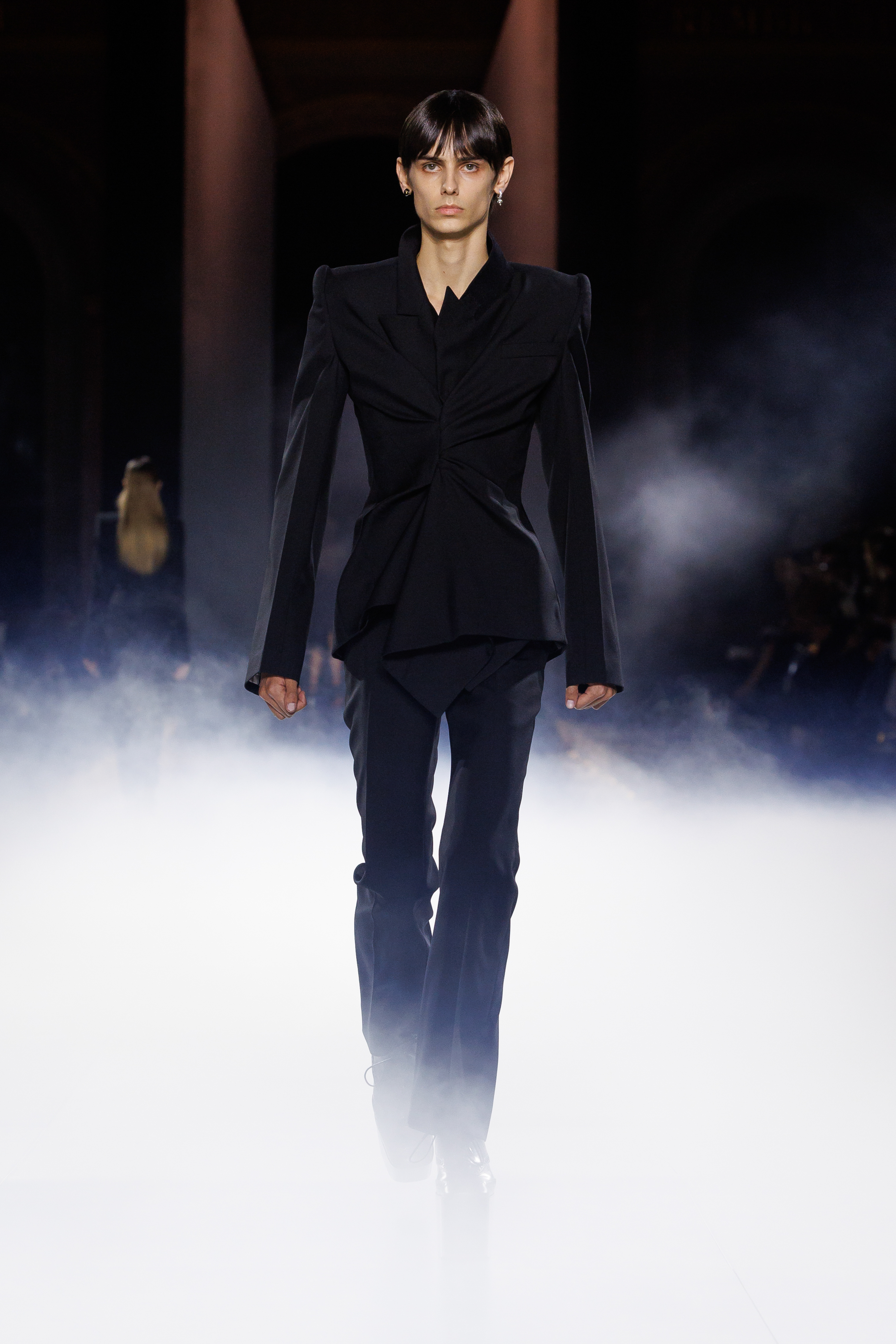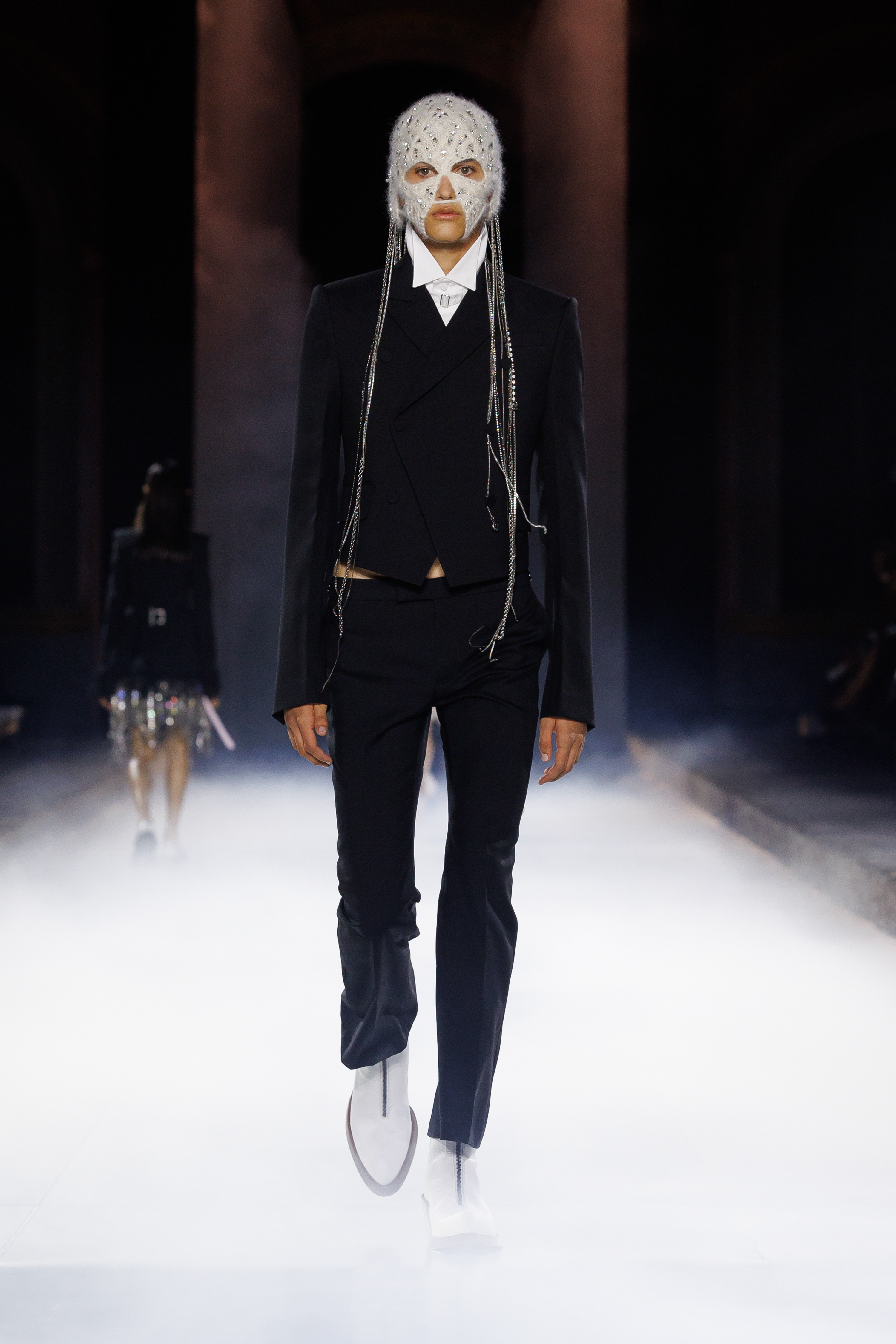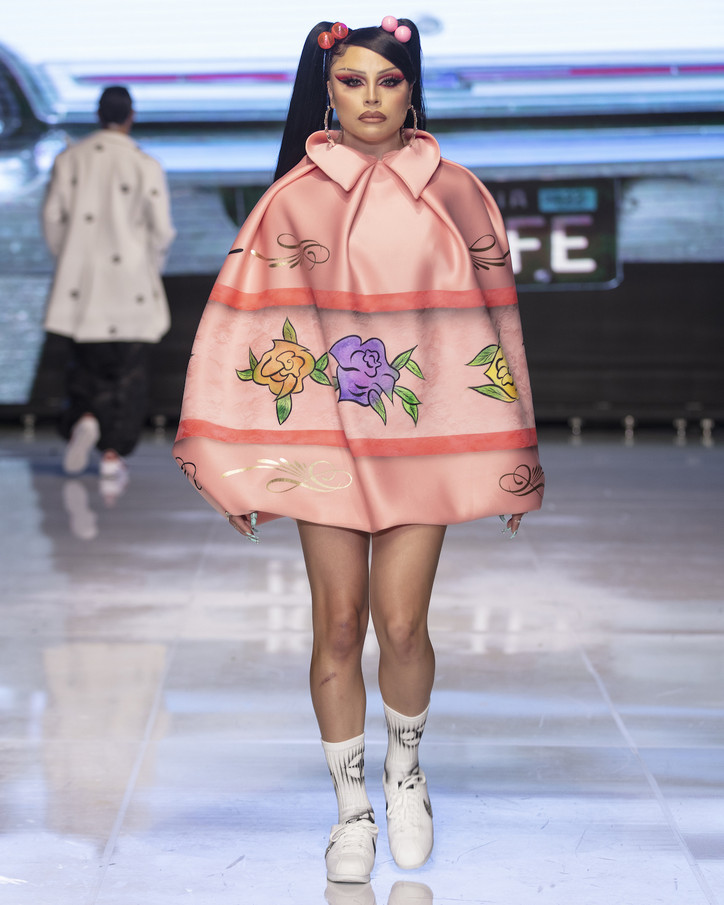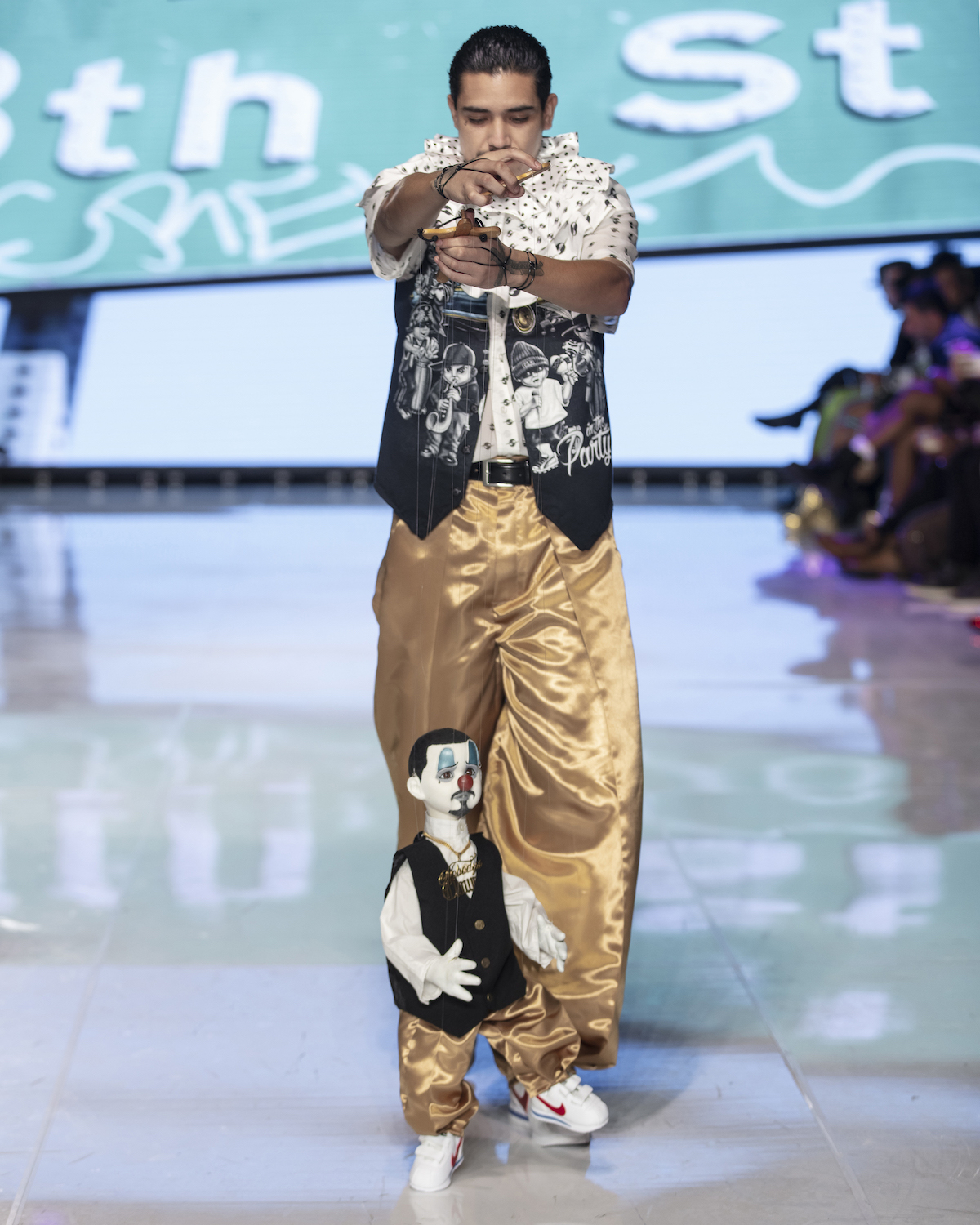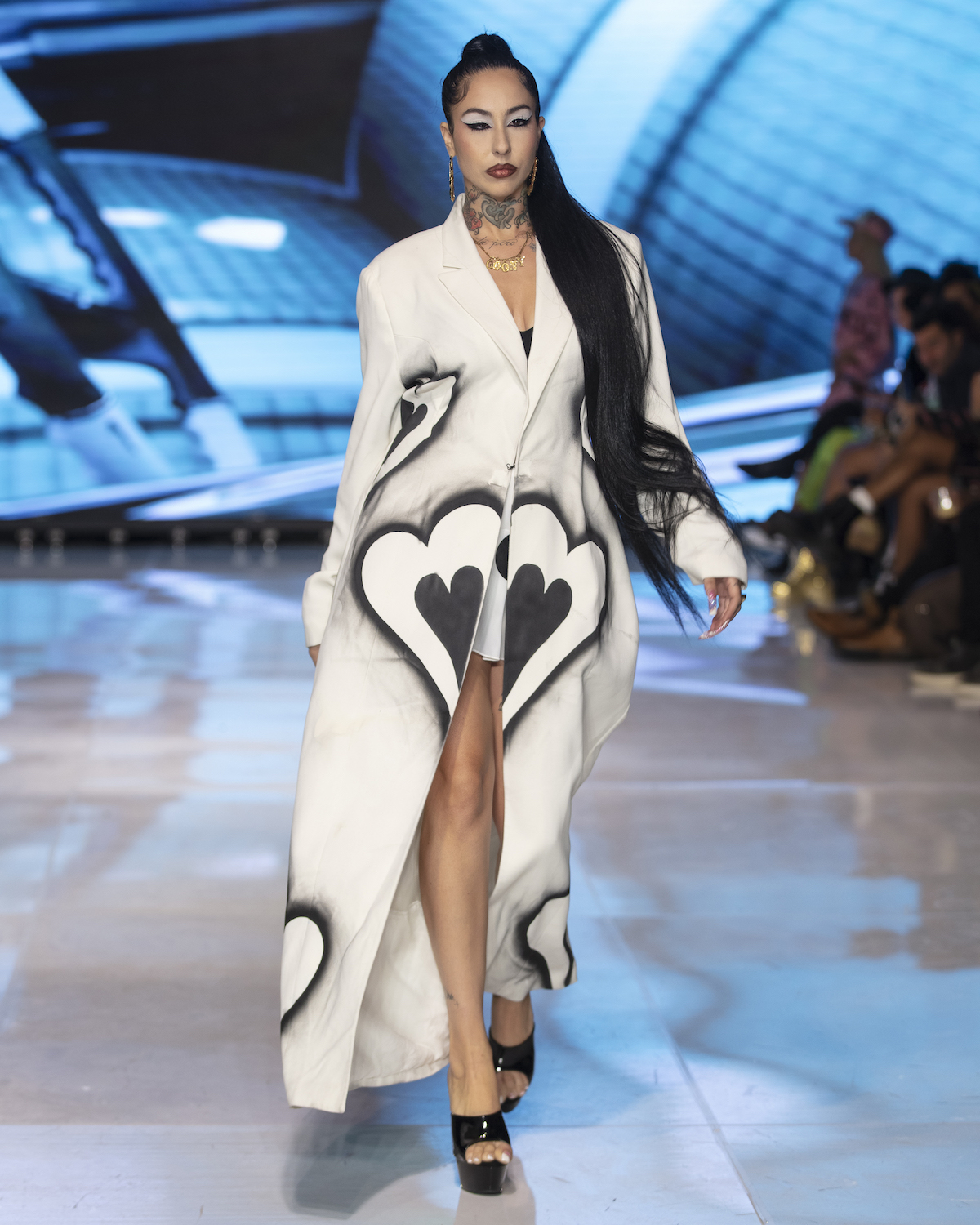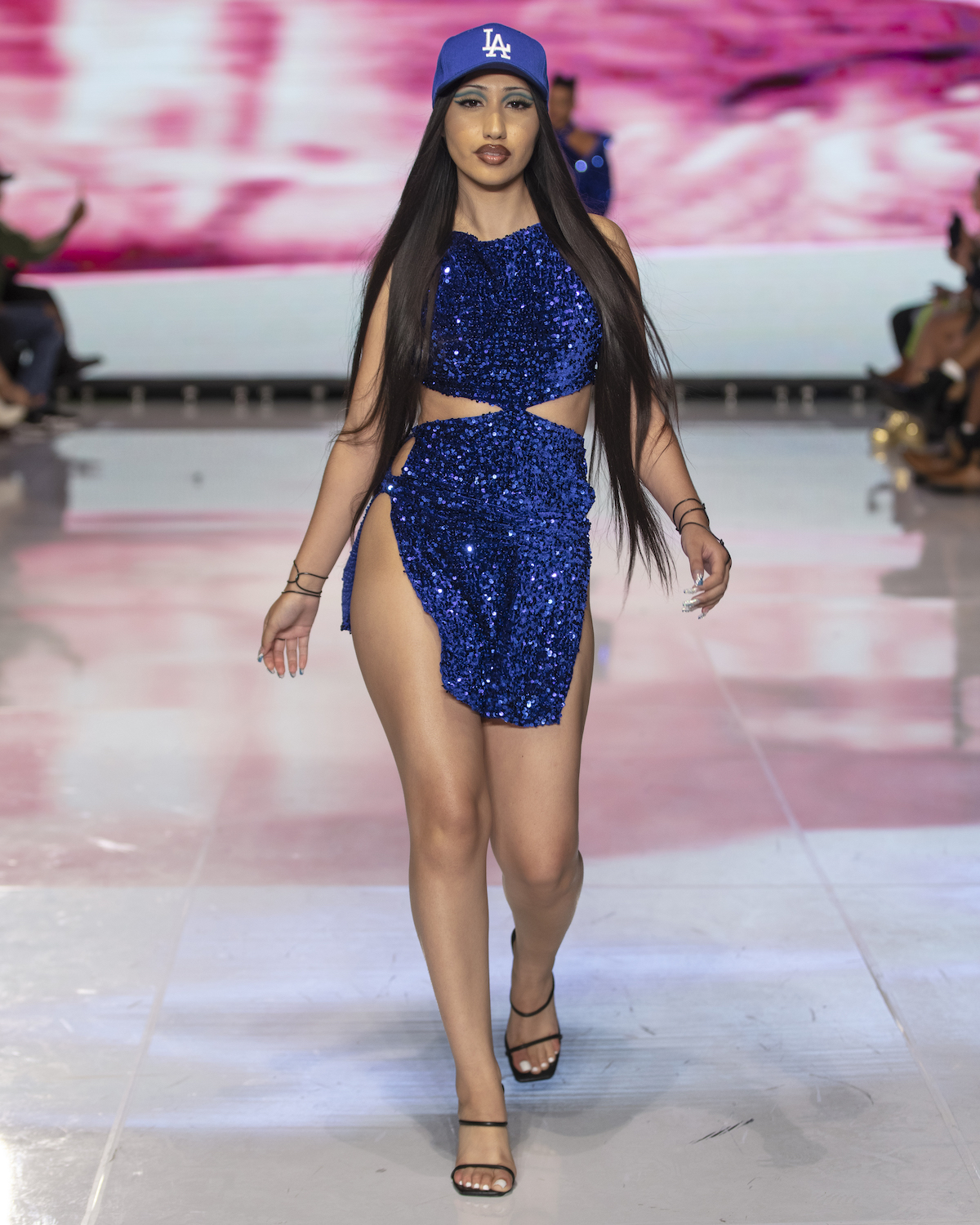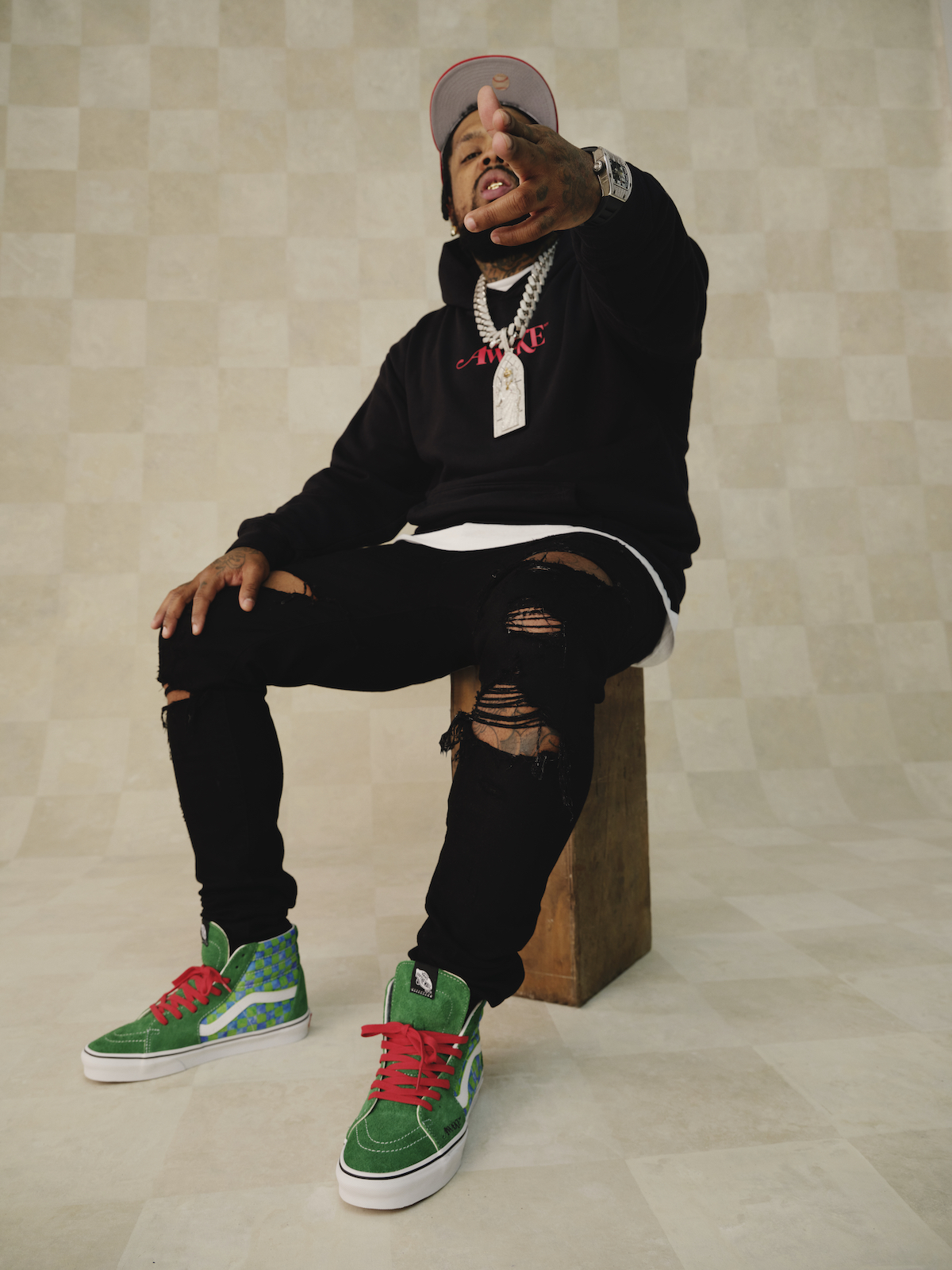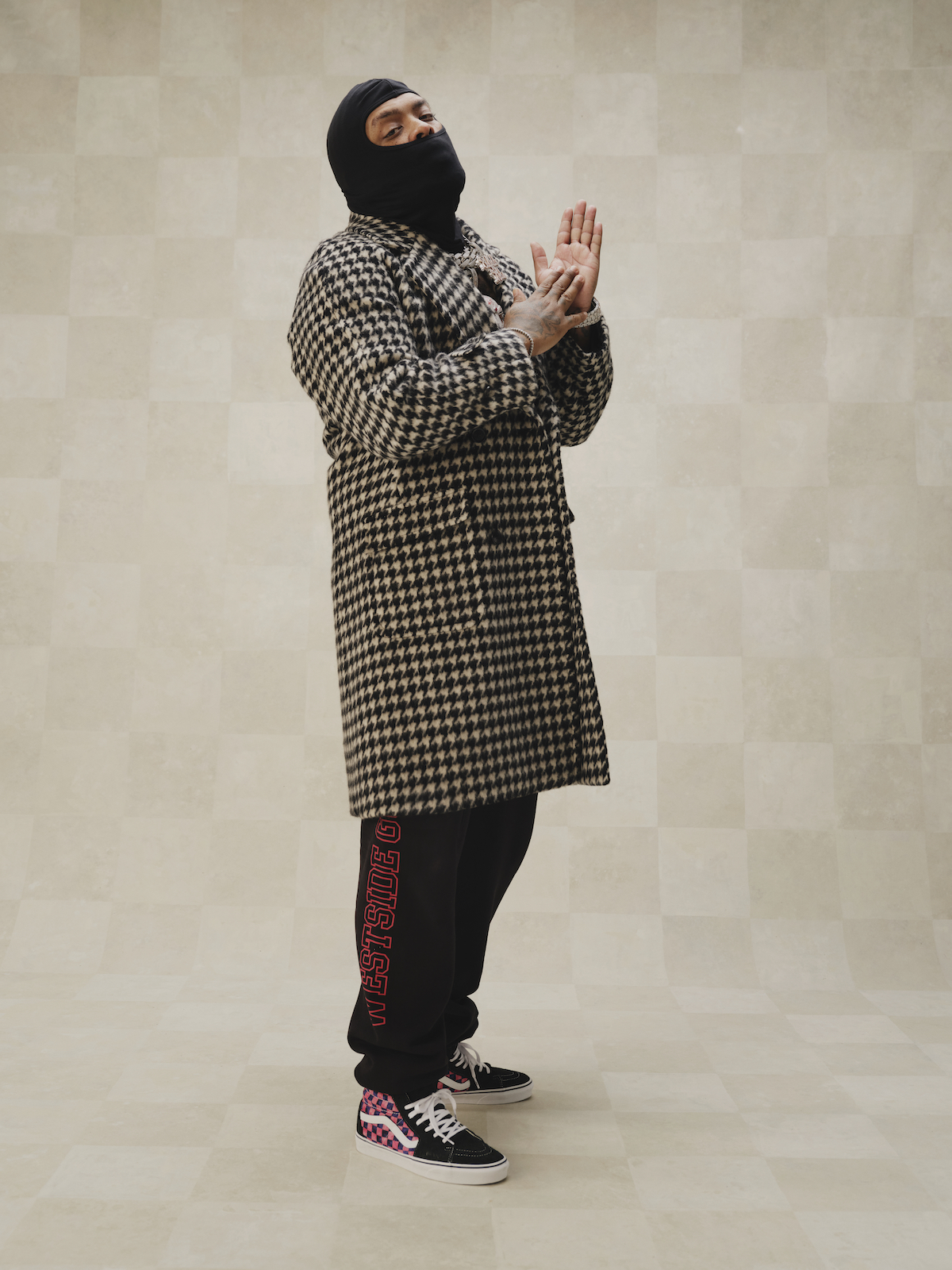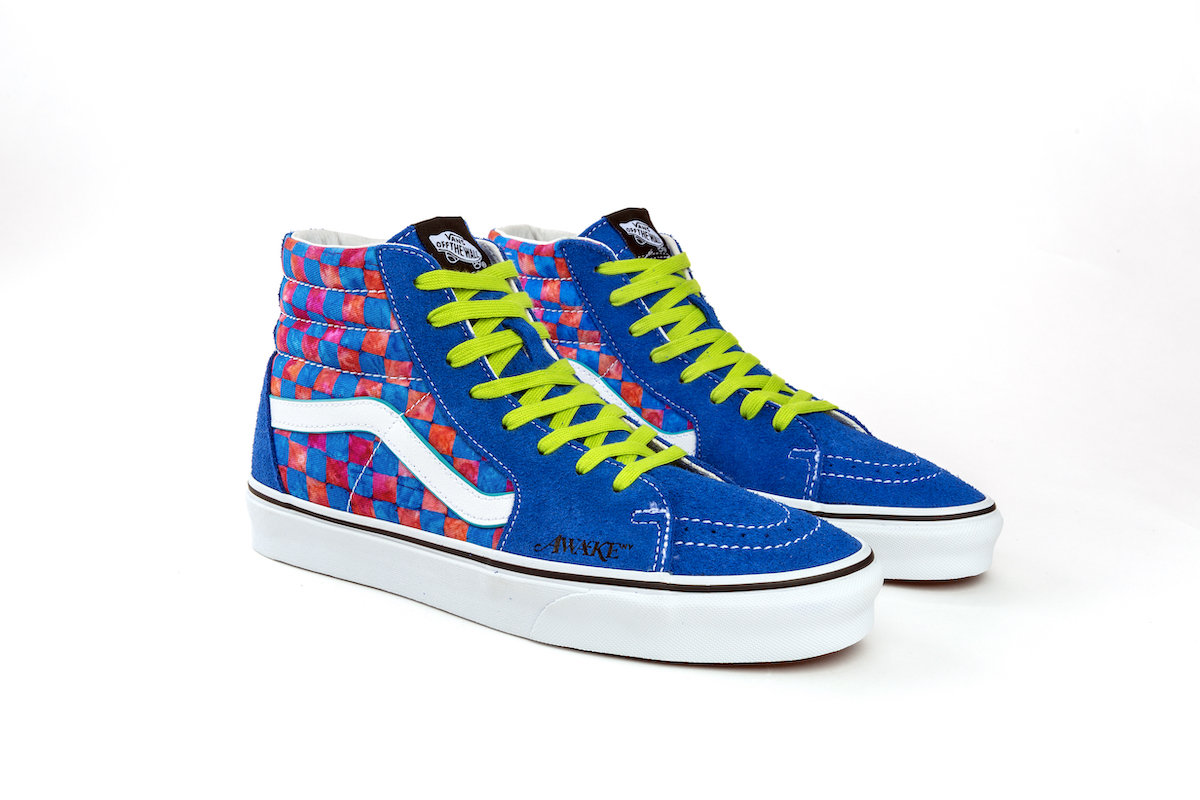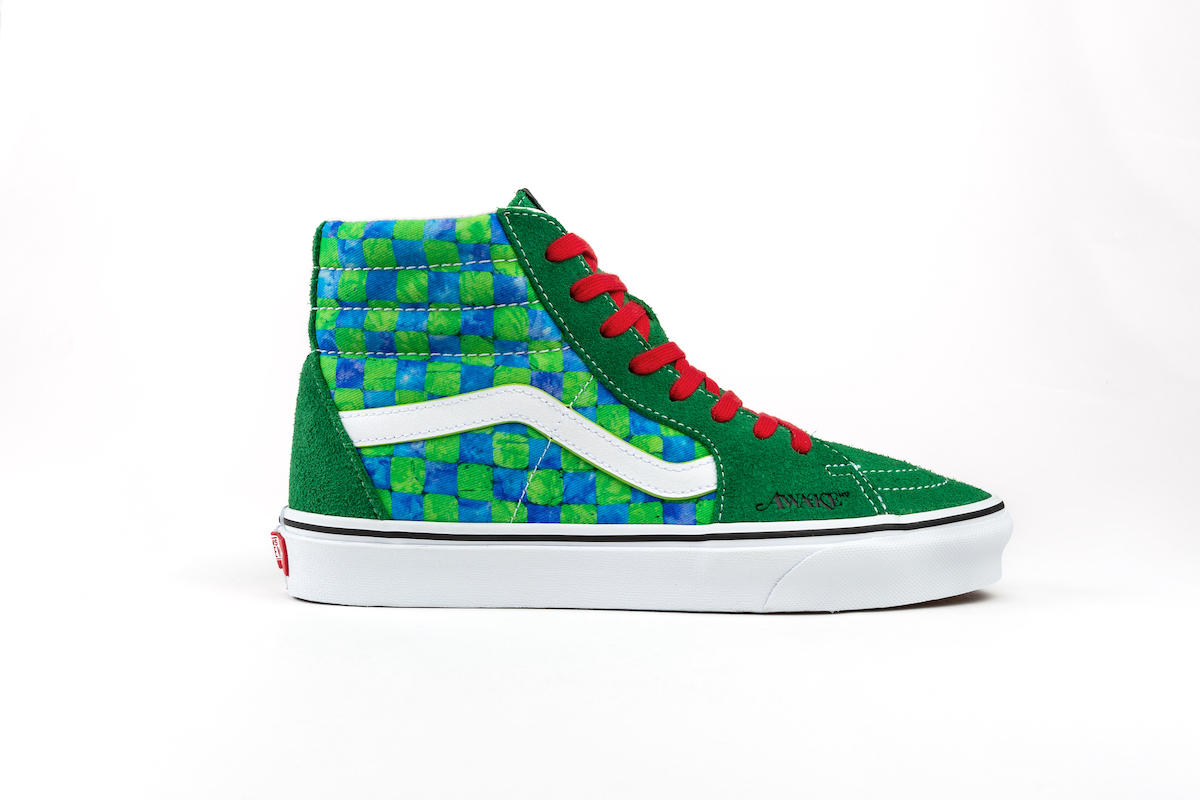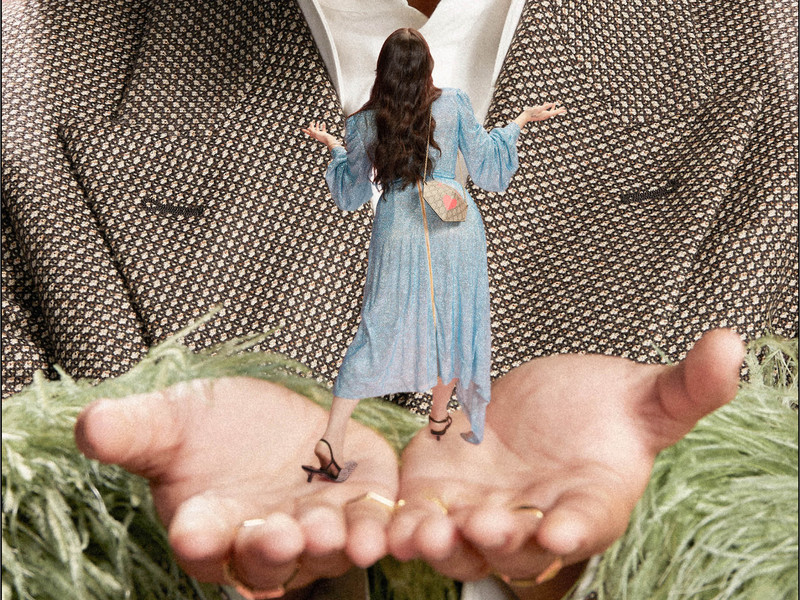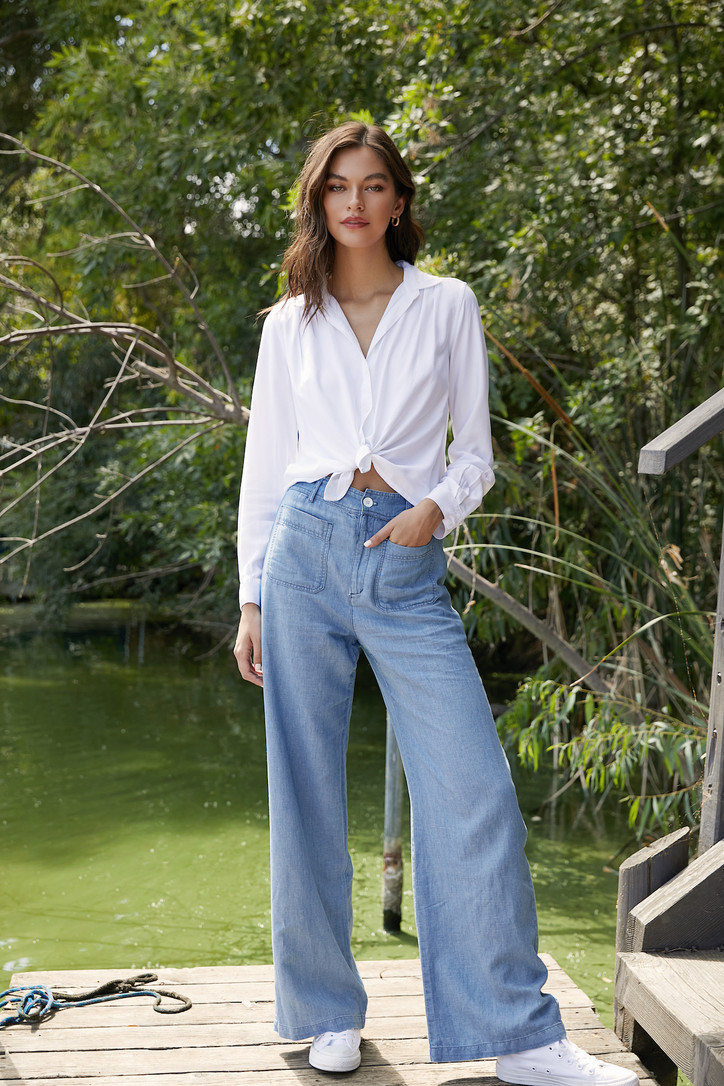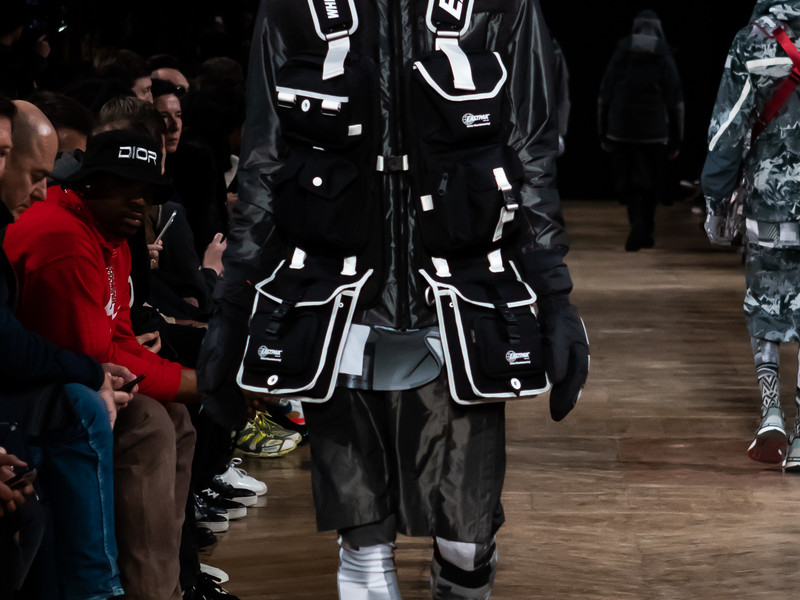One way that bella dahl ingrains sustainable practices into the business model is by ensuring greener production. What are the environmental benefits of garment dyeing versus fabric dyeing? Why is that something you decided to explore?
It's less water because of the heavy dyes, but we're still in the earliest stages of developing sustainable dyes that can be garment dyed. Definitely the garment dye, the way it's done, leaves less of an imprint, but not enough. It is not enough. To say it's enough, then we're not doing our job. But for us, it's still better than all the heavy dyes. And where does it go? Into our rivers, our lakes, our ocean. Even with every single pound of laundry that you're doing, you have to be considerate. So now we're doing waterless washes and ozone washes and things that we would have never thought to do before.
You guys have seen the positive effects of finding alternatives, but I feel like there's so many companies who don't even want to explore that because at first it may put you at a detriment, you know, financially. But in the long run, it's definitely beneficial for everyone.
Some of the beauty is in the worn elegance of our pieces. You can have this thing for years, and even if we're not into the right dyes a hundred percent yet, our fabric is sustainable and biodegradable. You can pass it on to your children. It's not something that's going to ruin. That's really substantial because that's how we took our own stand. We like to say 'Local is the new black,' because we also make so many of our products domestically.
How do you ensure a reduced carbon footprint?
Again, local is the new black. The more that we can produce here in Los Angeles, the better.
I think local production is the key in a lot of these instances. I mean, it's not the end all be all resolution, but it makes such a difference.
I'm not going to claim that we're a hundred percent. I mean, everyone could throw out, 'Oh, by 2028 we'll be carbon-free’ — but most of the time that's not true. I wouldn't want to throw out something like that without being sure, but I'll tell you what. We're getting rid of every single trim. All of our trims will be sustainable. Even things that are returned, we're taking the buttons off and using all of our old fabric, which we always have. We're using all of our stuff — no waste. We don't burn a thing. We're not that kind of company. We donate. We're active in that world and we're caring people.
Yeah. I think that comes through just from talking to you. It's genuine. You guys have been doing this. It's not just a fad for you guys; it's a very incorporated facet of the company. What are the next steps for the brand and your personal goals to continue growing bella dahl?
Well, my personal goals just reflect back, again, to watching all of the people that have been with us and all the people that want to come and work with us, to watch them thrive. It excites me, being a fan of fashion, watching great people do great work. So I'm hoping that that's what we can continue to do. As for the brand as a whole, we're going to continue to expand and do what it is that bella dahl does.


